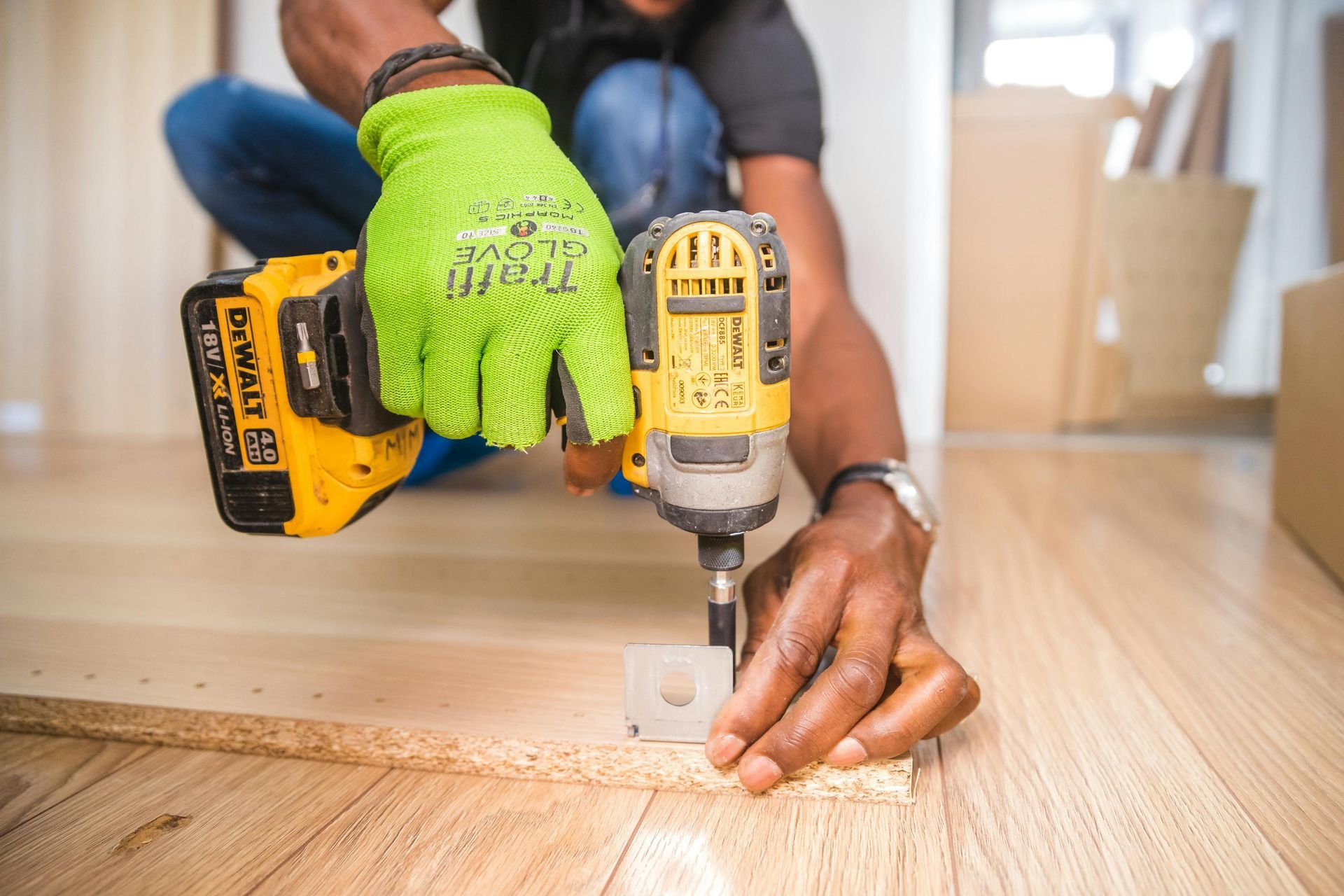Two-Way Conversations Build Relationships (How Many Are You Having?)
Most businesses and brands are stuck in the monologue mindset when it comes to customers. This mindset represents the process of creating a product, then marketing it to them via direct mail, advertising, or promotional gimmicks. No conversation, no questions asked, and no dialogue.
And with no dialogue and the internet having unlimited shelf space for all products and services, most businesses and brands are struggling. Struggling to understand how to break though the noise, break through the clutter, and make the sale.
This new marketplace requires a new type of company, one that is centered around relationships with customers, not advertising and promotional gimmicks. It’s only through two-way conversations that you can build relationships. Customers value communication—bilateral intimacy—engagement and the tools are in place for you to start doing so. You must put more time and energy into thinking about how to hold constructive conversations—the kind that create positive relationships with customers.
Here are five ways to create dialogues with customers and build relationships:
- Participate on Social Media Platforms. I like to call these “arenas.” Places you don’t own, but where you have a registered profile and a consistent presence. You engage in conversations and create dialogue with those who assemble there. Examples would include Facebook, Twitter, LinkedIn, Pintrest, niche forums or even other blogs you follow. You generally need a “authorization” (verified credentials) granted by the site owner to maintain residency or participate in conversations.
- Develop a Workshop. Verizon Wireless , for instance, invites customers to attend a free wireless workshop (taught by Verizon experts) in their stores to learn everything they need to know about their device.
- Do an One-Hour, Two-Hour or Five-Hour Q&A Seesion. Gary Vaynerchuck (this link is to an online session) is famous for his online and offline Q&A sessions. Recently he did a five-hour Q&A at SXSW 2013 (in-person). These are great for building context and relationships.
- Power an Online Community. Bank of America powers “The Small Business Online Community.” Which let’s small businesses exchange ideas and information, and benefit from the experience of others.
- Launch Your Own Social Network. Dan Miller started 48days.net (through ning.com ) an Idea Networking site which has over 10,000 members. These people are committed to finding – or creating – work that is meaningful, purposeful, and profitable. That includes entrepreneurs, artists, authors, musicians, those working from home, small business owners, BIG business owners, franchisees, independent contractors, reps…etc. as well as people who have found that fit as an employee.
Obviously, these are just a few that came to my mind, but I’m sure there are more ways to create two-way conversations and build relationships. The key is to understand that the success of your idea, product, or services rest on the relationships you build through two-way conversations.
Question: What ideas do you have to create two-way conversations that build relationships?




